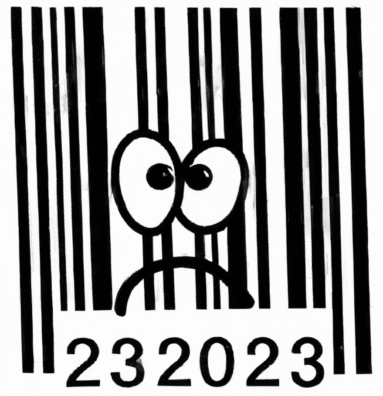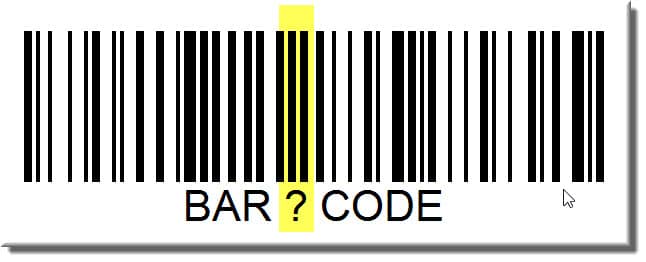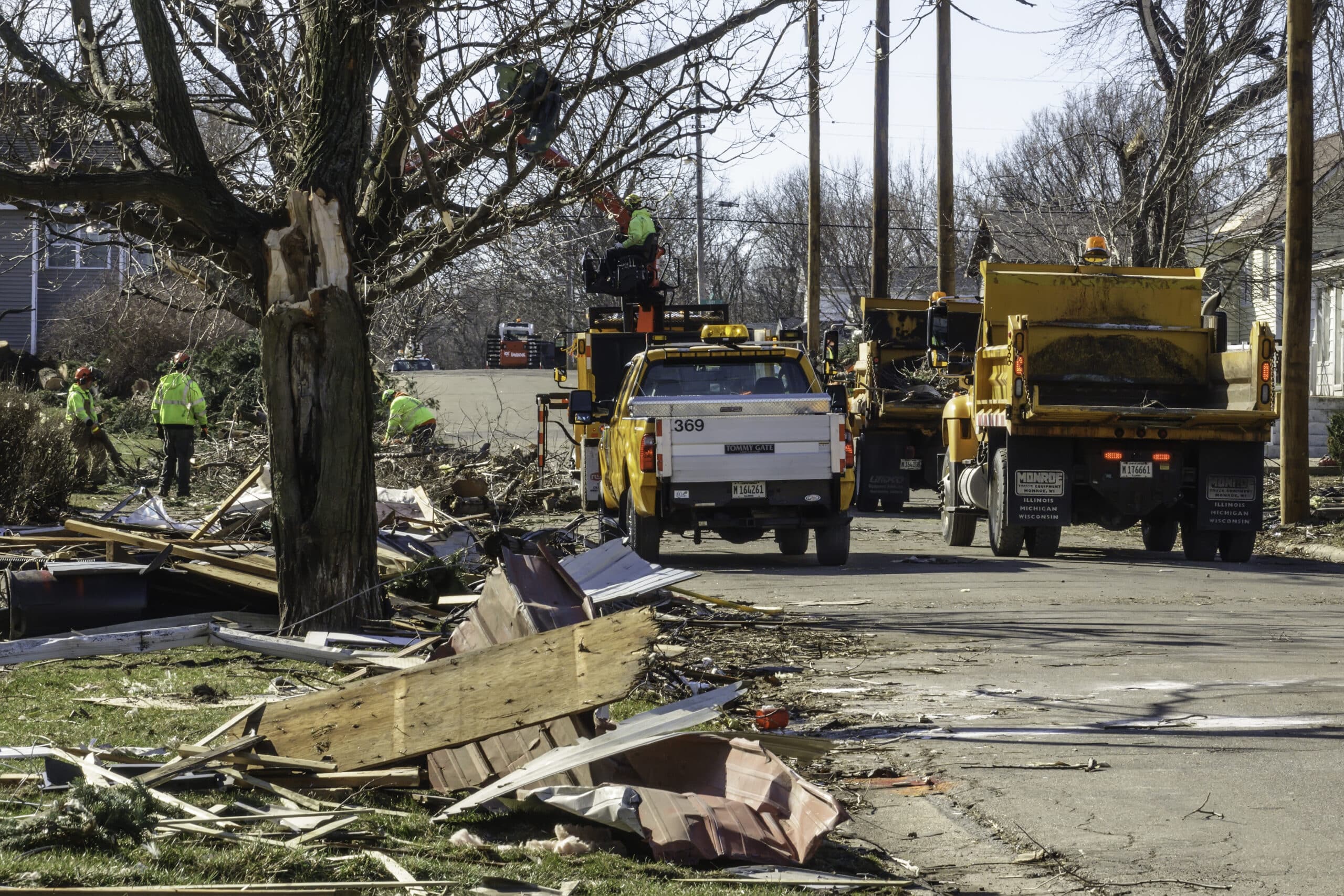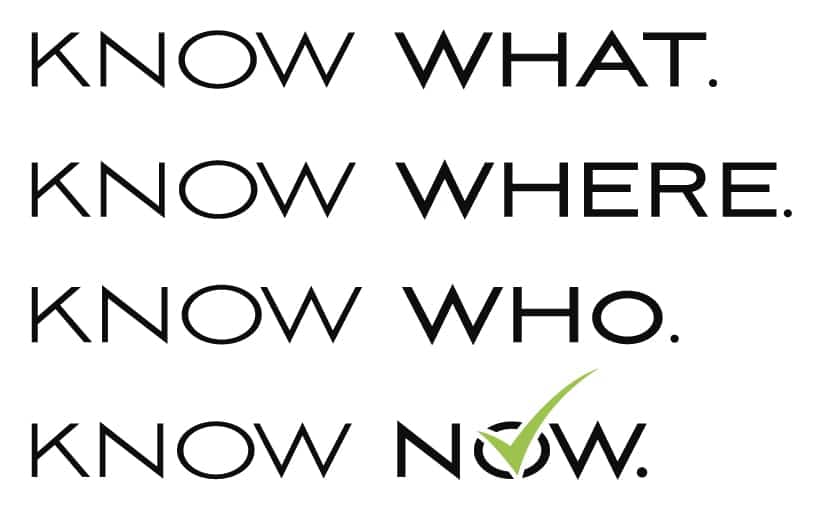Don’t we all know by now what is a barcode?
If you have been living under a rock since birth, you may not know that a barcode is a symbol that represents digits or text that consists of multiple parallel black and white stripes surrounded by a “quiet zone” of empty space. They are read using a barcode scanner. Barcodes are used to identify items and track inventory and assets in various industries, such as retail, manufacturing, logistics, and healthcare. The concept of barcode technology was first introduced in the early 1970s and has since revolutionized the way businesses operate. Barcodes are a technique for expressing data in a visible, machine-readable manner.
Initially, barcodes displayed data by altering the widths. Additional advancements led to two-dimensional “2D” barcodes, which incorporate both vertical and horizontal patterns to store more information. The evolution of this technology has not stopped at traditional linear or 2D codes which can encode large amounts of data in a small size. New forms of this symbology have emerged, pushing the boundaries of what was once thought possible. One such advancement is the use of color in barcodes.
Whether it’s a traditional one-dimensional 1D linear barcode or a cutting-edge 2D code like data matrix and QR codes, these symbols play a vital role in supply chain management, inventory control, shipping, consumer goods, customer service, in the postal service, point of sale (POS) and throughout the healthcare industry. They provide a standardized way to communicate information about an item or location or piece of important data. Their small size makes it convenient to identify small electronic components or other small items.

So, is it barcode or bar-code or something else?
But what about the spelling? Is it “barcode” or “bar-code”? Well, both variations are commonly used and accepted. Some prefer to write it as “barcode” without the hyphen, while others prefer to use “bar-code” with the hyphen. The choice is largely a matter of personal preference or style guide adherence.
In recent years, however, the trend has shifted towards using the term “barcode” without the hyphen. Regardless of the spelling variation used, the fundamental concept and purpose remain the same. In modern usage, “barcode” as a single word is more common and widely accepted. By the way, the combination of two words into one is called a “portmanteau”, with common examples being “brunch” (breakfast + lunch) and “smog” (smoke + fog) and “blog (web + log). Or for that matter: “email” which will be left as an exercise to the reader.
It amuses me that Panatrack has been in the business of developing barcode-enabled solutions for many years, yet we still occasionally debate internally over how to spell this critical technology. In a recent update to features and benefits of our Panatracker product webpages, we even found a few inconsistencies in the same document.
Can’t we all just get along?
Surely, we can find help from the authoritative GS1 Organization, known as the “world’s official provider of bar code numbers for retail”, such as Universal Product Code UPC codes or the European Article Number EAN codes. Looking on their Need A Barcode page, I notice their inconsistent usage of “bar code“, “barcode“, and “BarCodes“. (Seriously???)
I make the following case for a single word spelling:
- As a verb, as in “let’s barcode that Chihuahua”, it is much less confusing than “to bar code something”.
- As a noun, as in “slap a barcode on that Chihuahua”, it is also less confusing without the space.
- As an adjective, as in “that zebra looks kinda barcodey”, just plain works.
People drive “pickup trucks”, they don’t drive “pick up trucks”. It’s a weak argument, but it seems to support my case.
Solved. It’s Craft Brew time.
In reality for us here at Panatrack, as people might do a web search for barcode or bar code, it’s best if we go either way, but we favor the spelling “barcode”. We think it sounds less like a secret message passed over cocktails. If you landed on this page because you were also confused, then hopefully we have helped. And by the way, if you struggle to efficiently manage your inventory or assets then let me introduce Panatrack. We create solutions to track inventory and assets using technologies such as mobility and barcoding. Or is that bar coding?






